 This summer has been a whopper! You all know that after having worked Pool Construction for 3 years while doing Video Marketing part time, I made the leap to video full time January 1 of this year.
This summer has been a whopper! You all know that after having worked Pool Construction for 3 years while doing Video Marketing part time, I made the leap to video full time January 1 of this year.
Somehow this summer I ended up marrying the two and have been chronicling the making of a Legendary Escape these last 4 months. (For info on what a Legendary Escape is, click here)
Each day, my cameras, tripods, mics and I would commute or carpool the 1 1/2 hours to this Legendary site and capture the magic unfolding while, yes, helping out as needed.
The goal was and is to make a video series on just who and what Legendary Escapes is and how it operates.
What an undertaking! What a blessing to be a part of it.
While filming is almost done, I still have 10 Terabytes of data to process and edit. (For an understanding of what that is, a lot of today’s phones hold 16-32 GB. 1 Terabyte is 1,000 GB.)
What then have I learned and what can you learn from it?
If you were looking to chronicle something of what you do, here are 10 of my suggestions:
1. Have a clear idea of what you want to end up with.
Like anything, planning with the end in mind is what assures finishing with the end in mind! Who are you trying to reach? What are you trying to accomplish? What is the purpose of this video? This will help you guide your shots and the equipment you buy. If you want to record an hour seminar, don’t buy a camera with a 10 minute limit! If you want to teach people to do something as your end goal – don’t forget to speak through what you’re doing or get close ups especially of the confusing parts. Think, “if I were watching a video someone else did having the same goal I do, what would I expect to see and hear?” Then film THAT and save your time on shots that’ll never make it into your film. This leads me to #2. ( See why Legendary Escapes wanted a video chronicle and what to expect:
2. Edit BEFORE you edit.
I mentioned before, I have TEN TERABYTES. That’s 10,000 GB. So far. I have to go through it all to tell a coherent story. At the beginning, I was filming everything, not sure what exactly to get to accomplish our goal of authentically showcasing a “Legendary” experience while having a Legendary Escape being made. As I edited it, I realized I didn’t need 10 various shots of X when I only used ONE shot – the best one. If I set up my shot and got ONE, the one I’d use, I’d save myself the time shooting and then LOOKING through all 10. Edit before you shoot- take the time to set up the shot exactly as you want it, or edit before you edit and delete a shot that you took but didn’t work out or KNOW you’ll never use. On that note, if something is happening that you know you won’t include in your chronicle, don’t feel you have an obligation to shoot it. It can be frantic thinking you have to capture EVERY MOMENT. But seriously, you’ll only use a VERY small fraction of what you capture, so maximize what you do by focusing on the good stuff.
3. Take notes.
Saving time while shooting – if you’re getting mostly okay shots and awesome shots (but not god awful ones- I hope you deleted those), save yourself even more time by taking notes. I created a record sheet and each day checked off the list of setup to-dos (to make sure I’d do them) and would write down what I wanted to accomplish and all the things that happened. 

If someone fell, I made a note of who/what/when/where. If I captured something particularly beautiful/cool/fun, I’d write it down. I highlighted the best parts or relevant parts or even an overarching look at the day for easy reference for when I have to go back later and edit 120 days of content.
4. Set-it and forget it.
Now I’m going to sort of contradict all that I said above, so bear with me. You know what you want, yes, edit before you film and yes, save time with notes, but also, don’t be afraid to set up a camera on the action… and leave it. For hours.
I’m serious. You will not use 8 hours 59 minutes and 55 seconds of your 9 hours of footage – nor should you give serious consideration to that footage unless inspiration strikes, BUT. The point of this “standby camera” is to capture those five PRICELESS seconds. In our cast, the standby camera has captured a piece of wood hitting me in the face:
my dad dumping concrete on his head:
my uncle Rick falling off a truck, my cousin stepping in a bucket of water, my sister nearly falling off a waterfall, my aunt ungracefully crossing a barrier, my dog making an awkward move and more.


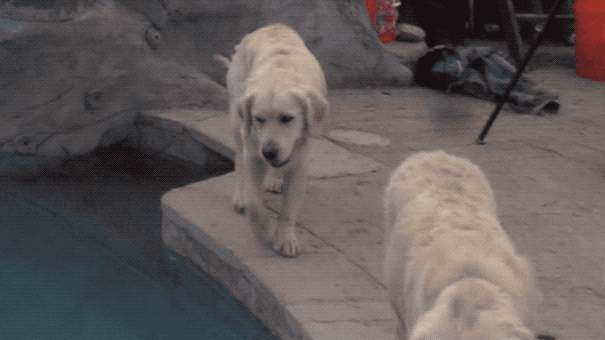
5. Let Inspiration strike.
If you get inspired by something on the spot – a fun spoof, a good short, a story worth telling, yes start shooting it. But also, take a moment to think it through. Watch the skit in your head and shoot all of what you see. It would suck to get back to edit AFTER everything is done and realize you don’t have a crucial shot and all your work was for naught.
6. If you forgot to film something, it’s okay, just get creative.
Of course, all is not necessarily lost just because you don’t have something you had wanted. Say you filmed and DID miss something crucial. Time has passed and you can’t get that moment again. What do you do? It’s time to be creative. Can you shoot a voiceover for missing audio and use the visuals you do have? Can you get a shot that is timeless and LOOKS like it could have been at the same time? Close-ups are great for this! Getting only the thing in question, we don’t focus on all the differences in the background. Can you maybe add a cutaway animation? Can you change the original intent of the video slightly where you don’t need the shot you missed but can use others you did get? The magic is in the pre-production, but with some creativity you can make up a lot of magic later.
7. Be a stickler about your audio.
If you don’t know how – LEARN . Learn what equipment to buy and how to monitor audio levels. I’ve made too many mistakes where audio sounded horrible or the mic crapped out and I didn’t know. It sucks when you go back for audio and you realize the mic wasn’t on because the batter had died. Just be diligent. Like anything, there is a workaround, which is to put on subtitles for less than stellar audio, but if possible, the 1 minute inconvenience of checking the audio (before AND after the shot – in case you need to reshoot) is worth the frustration and 10 minutes or more in subtitle writing to only “sort of” fix it. Especially if even YOU have no idea what they’re saying.
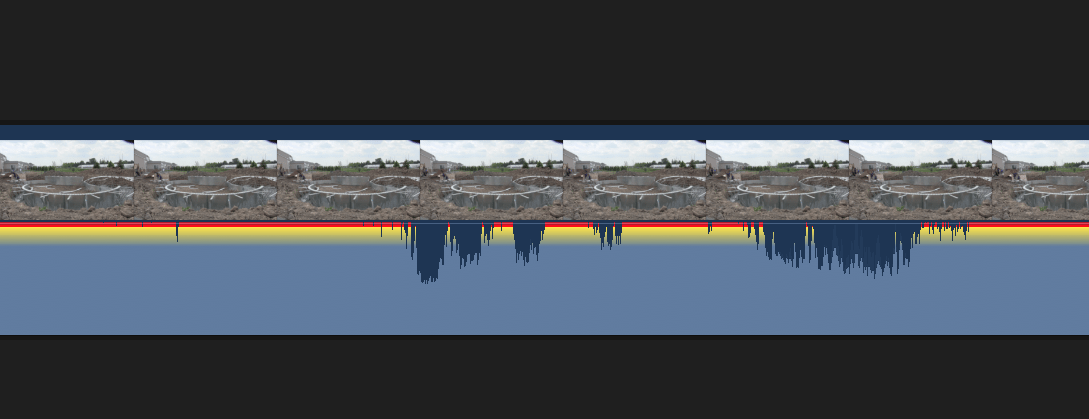
8. Every day of filming, push yourself.
I had to ask myself often, “this shot looks okay, but how can I make it stellar?” Out of focus into focus? Up close? Wide angle? Use a drone? Do a slow-mo? Zoom in? Zoom out? Pan? Film a reflection? Etc etc. Of course, we need the standard wide shot to establish what we’re doing but a lot of far away, confusing action shots without much variety is not super interesting, no matter how cool your project or service is. Alternatively, with some cool shots and thought, you can turn a potential boring subject into something neat. Yes, we will still watch that master shoot of you doing something amazing, but thinking a bit harder and doing a bit more camera work can turn an average video into a Legendary one.
This shot is probably not worth filming. I won’t be able to use it. There’s too much movement and even if there wasn’t, we’d get bored quickly. I mean, what is he REALLY doing?

However… these two shots take a little more thinking but they add something cool to the story!

9. Be consistent about storage!!
I cannot stress this one enough. Everyday while carpooling, I would transfer the 100-200 GB of data from all the equipment (time lapse cameras, my Rebel, my 70D, the XA10, the XA30, six external microphones, the drone, various phones, the 4K camera and/or the go-pro) into folders with those names under a bigger folder of the date it all was taken. You do NOT want to end a video chronicle having lost footage you THOUGHT you imported then deleted but didn’t, or have 5 days of hodge-podge material that you imported after 5 days of not importing/sorting/deleting. Terabytes of footage is daunting enough. Don’t make it worse by not having it where you can easily find something. It IS annoying to have to transfer byte by byte over and over again, but it will ultimately save you. With the editing I’ve done so far, I’ve been so grateful for the breakdown in conjunction with my notes. Taking this a step further, after importing everything from all equipment, do NOT clear your SD cards until you have copied the full folder of data to a DIFFERENT hard drive. Have backups on backups. Maybe you have one set of data on your computer and one on an external hard drive- that’s fine. But heaven forbid you only had one copy and that hardware crashed… it would be horrible.
10. Pace yourself.
Don’t expect that you can create a masterpiece, film said masterpiece, and edit a masterpiece of the original masterpiece in the time it took me to write this sentence. I will admit that I thought I could do just that. I thought I could film, help out on the project, transfer data AND edit all of this consistently AS it was happening. What I joker I was! This turned out to be far too massive a project for one person to do both well and timely. I’m a little ashamed that I’ve had to sacrifice a bit off both ends so I could at least get some content out. Even still, there is so much more to edit and more to learn! If you expect too much out of yourself, you will get frustrated and probably give up. Have realistic expectations, set your goals and set time tables. It’s also okay if you go over time on these – we often vastly underestimate the time something will take. As long as you keep making progress and do honor hardfast deadlines (you told Facebook your video would be out by X date… get it out by X date), you will be right on track to creating your own documentary/reality/show/chronicle of whatever amazing awesome thing you do and life you lead.
Check out the episodes we have done of this Legendary Pirate Pool!
For advice for your own video chronicle, you can contact me through email or Facebook.
Stay inspired and keep inspiring. 🙂
Katie

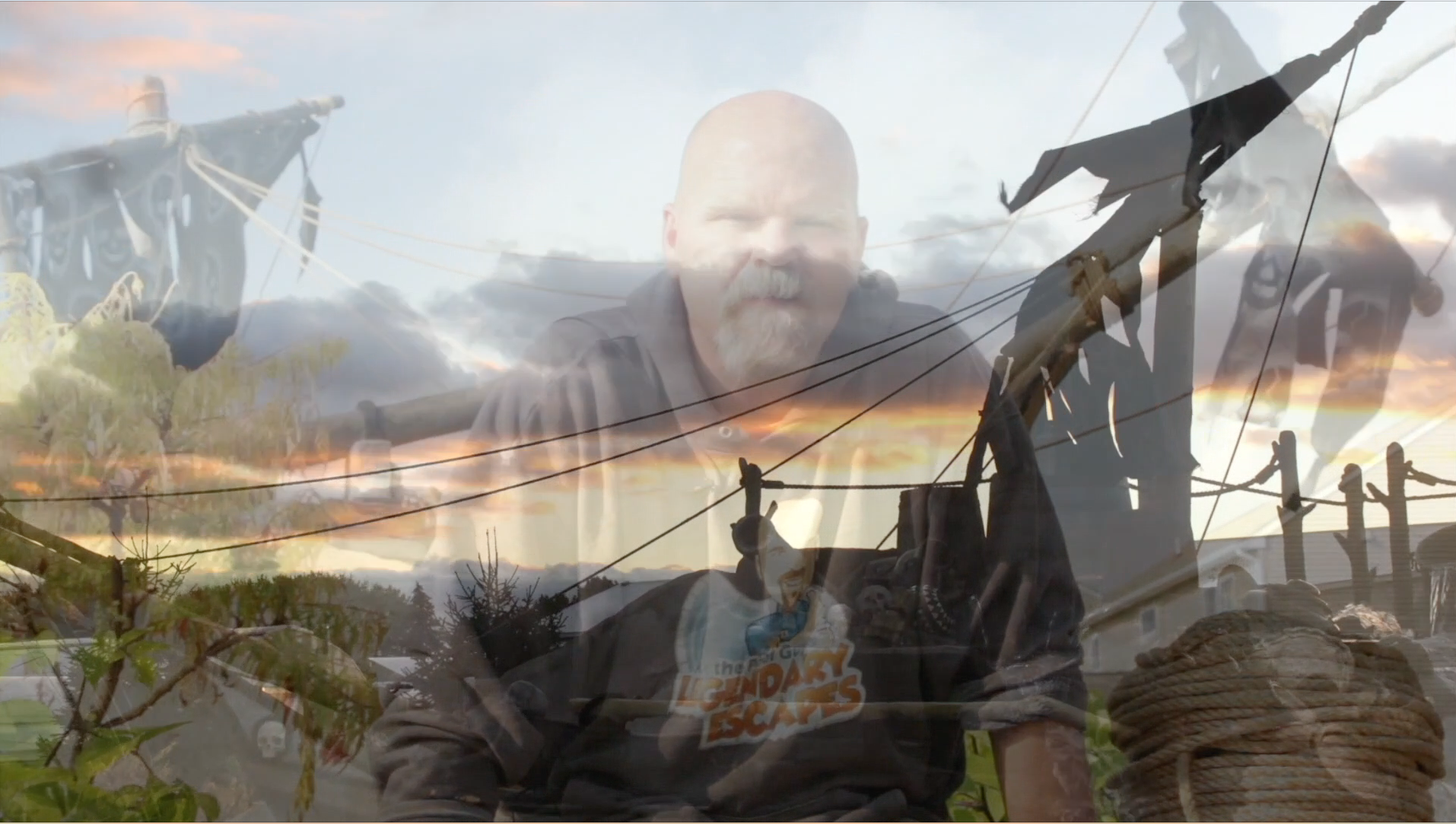


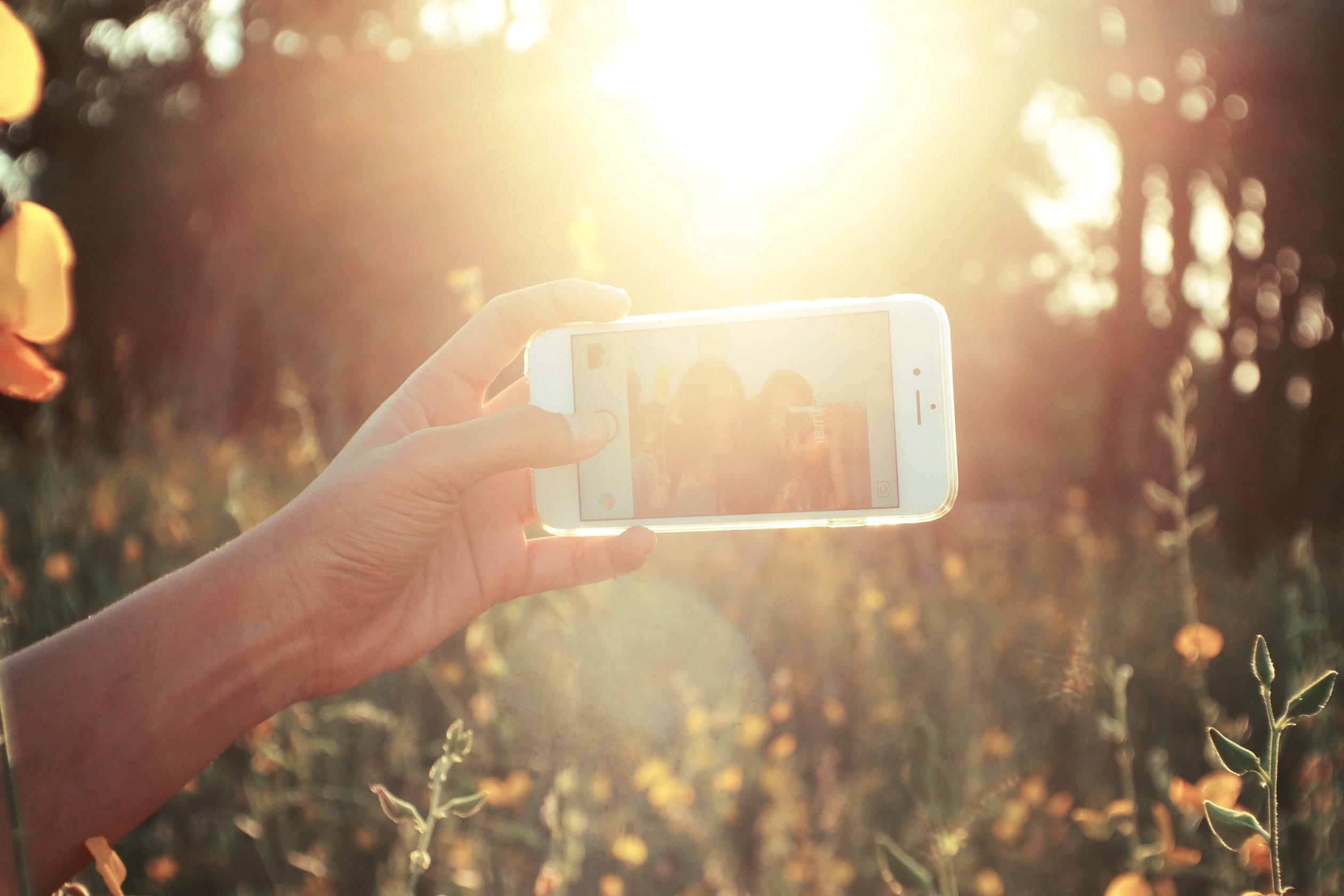 Katie’s Down and Dirty Guide to Clean Video on a Smart Phone
Katie’s Down and Dirty Guide to Clean Video on a Smart Phone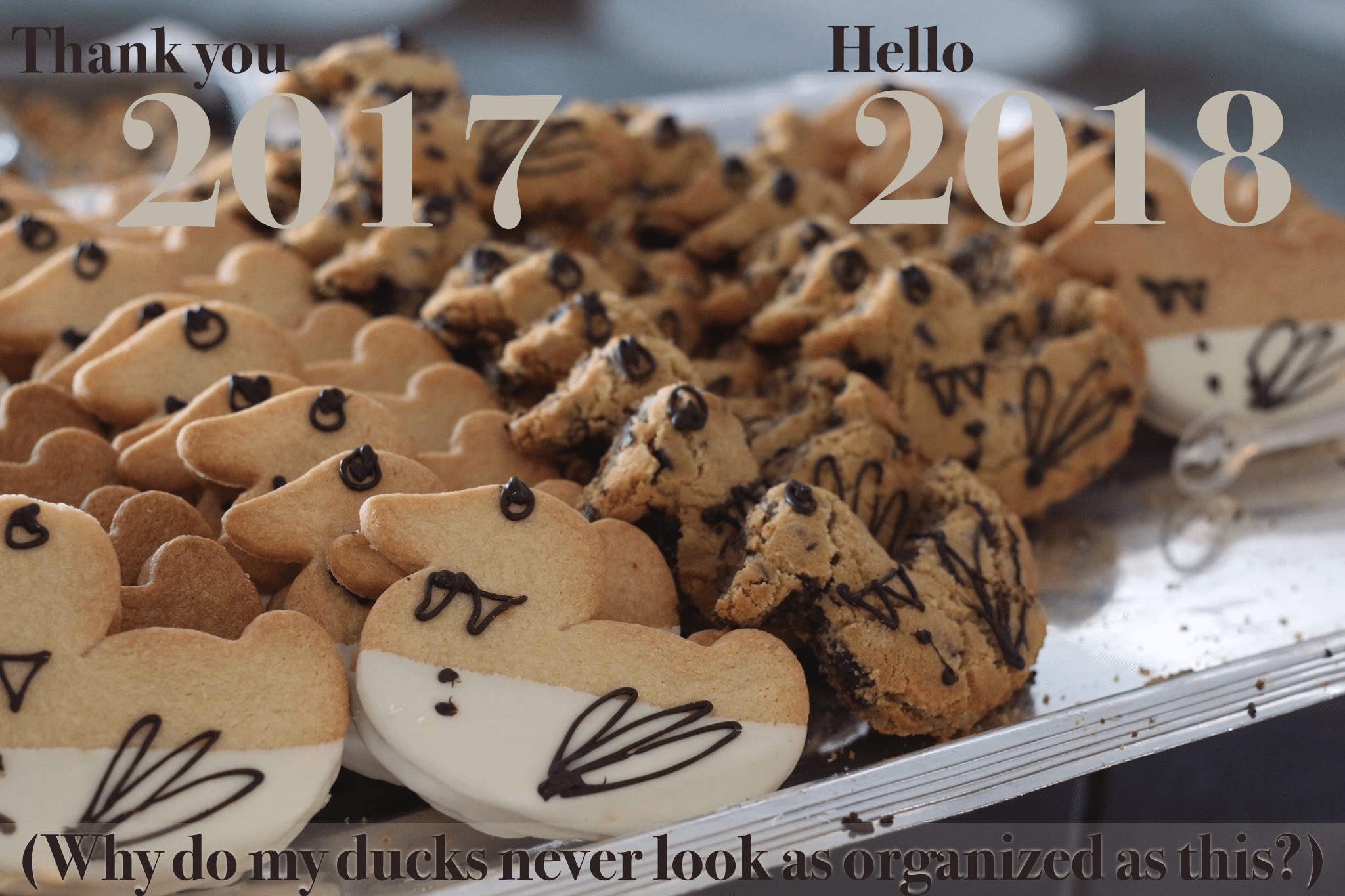
Leave a Reply